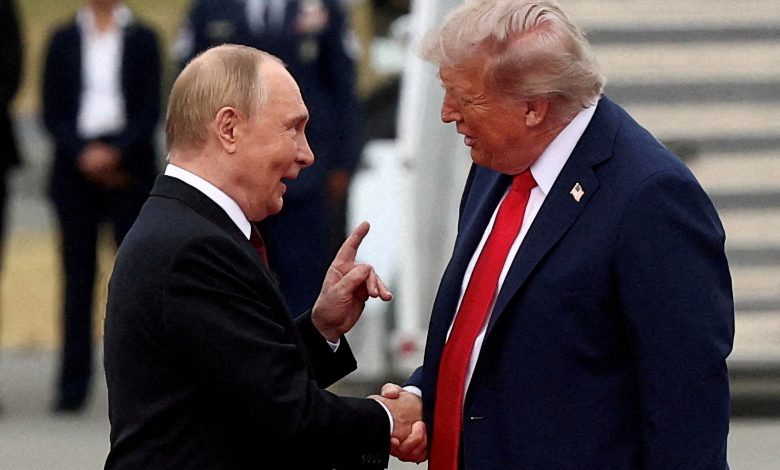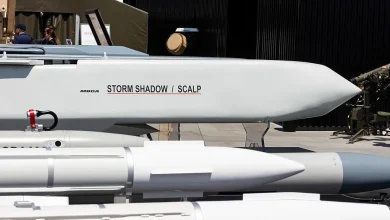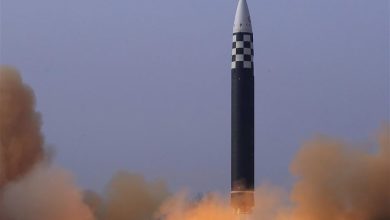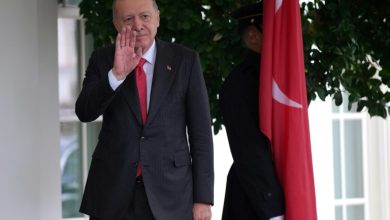
US President Donald Trump canceled a planned face-to-face meeting with his Russian counterpart Vladimir Putin this week, saying he did not want a “wasted meeting,” revealing that the key sticking point remained Moscow’s refusal to agree to a ceasefire on the current Ukrainian front line. Earlier on Tuesday, the White House confirmed there were “no plans” for a summit “in the immediate future,” despite Trump’s previous insistence about meeting in Budapest.
The Ceasefire Conflict
Key differences regarding peace proposals dashed hopes of a swift summit between the two nuclear powers, effectively ending the chance for talks, with Trump specifically embracing a ceasefire proposal backed by Kyiv and European leaders, seeking to freeze the bloody conflict where it presently stands. He declared at the White House on Monday: “I said: cut and stop at the battle line. Go home. Stop fighting, stop killing people.”
However, Russia consistently rejected freezing the current line of contact, insisting instead on a complete withdrawal of all Ukrainian troops. Kremlin spokesperson Dmitry Peskov confirmed the idea had been put to Moscow repeatedly but stressed, “the consistency of Russia’s position doesn’t change.”
Moreover, Foreign Minister Sergei Lavrov later implied that freezing the front line would only achieve a temporary ceasefire, not a genuine, long-term solution. Lavrov argued that achieving “long-term, sustainable peace” required addressing the “root causes of the conflict,” a Kremlin shorthand for maximalist demands.
Diplomatic Fallout and Leverage
The White House consequently shelved plans for the second summit, attempting to avoid a repeat of the unproductive meeting Trump and Putin held in Alaska in August. A senior European diplomat noted the lack of progress, telling Reuters: “I guess the Russians wanted too much and it became evident for the Americans that there will be no deal for Trump in Budapest.”
Ukrainian President Volodymyr Zelensky suggested that the only topic compelling Moscow to “pay attention” was the potential supply of long-range weapons to Ukraine. Speculation that the US was preparing to send Tomahawk missiles to Kyiv had immediately preceded Putin’s unscheduled call with Trump last Thursday.
Zelensky confirmed the Tomahawk issue compelled Russia to engage in the brief discussion, calling it a “strong investment in diplomacy” despite leaving the White House empty-handed. Nevertheless, during a separate, contentious meeting with Zelensky, Trump reportedly pressured him to relinquish large parts of the eastern Donbas region to secure a deal. Zelensky consistently stated Ukraine cannot relinquish its Donbas territory, fearing Russia could immediately use the area as a springboard for further aggressive attacks.





